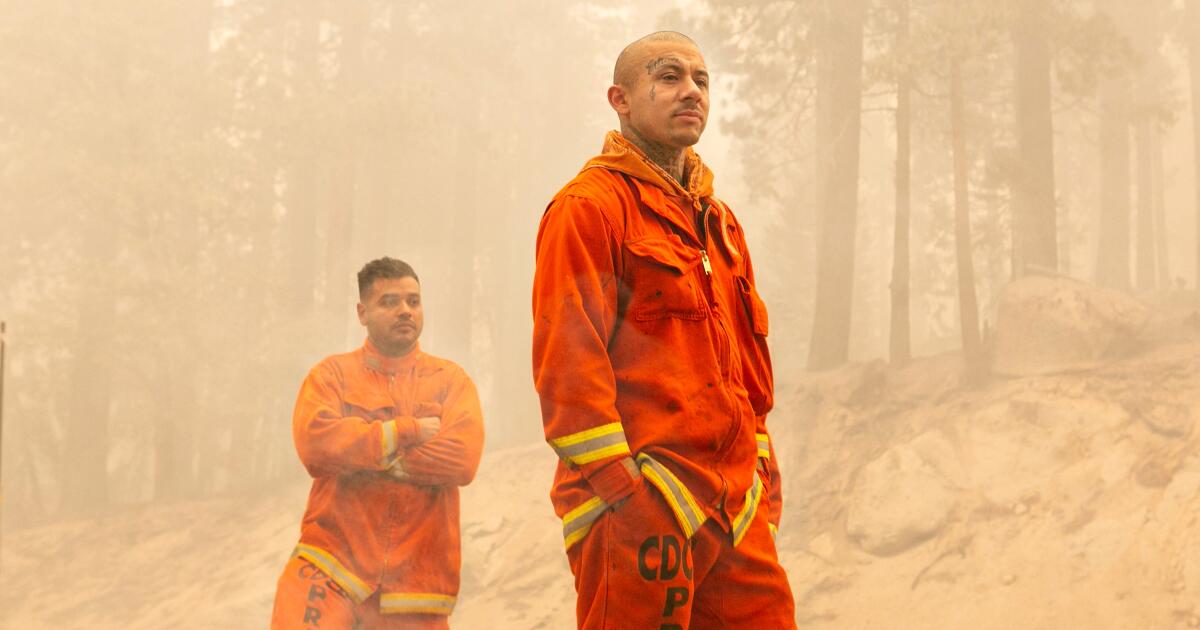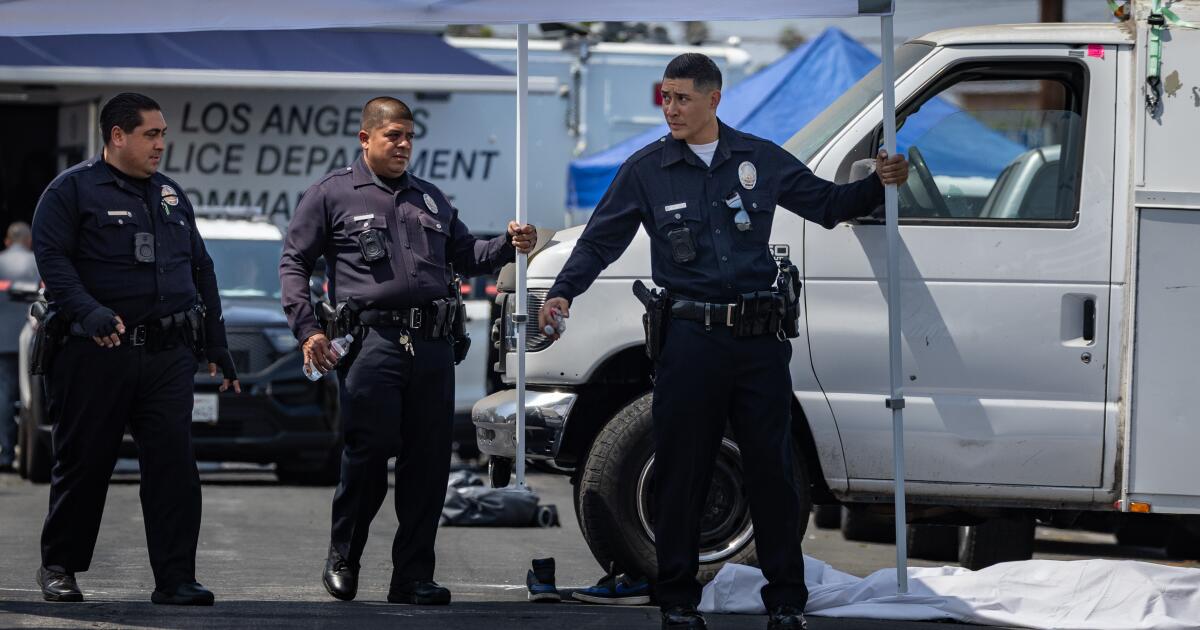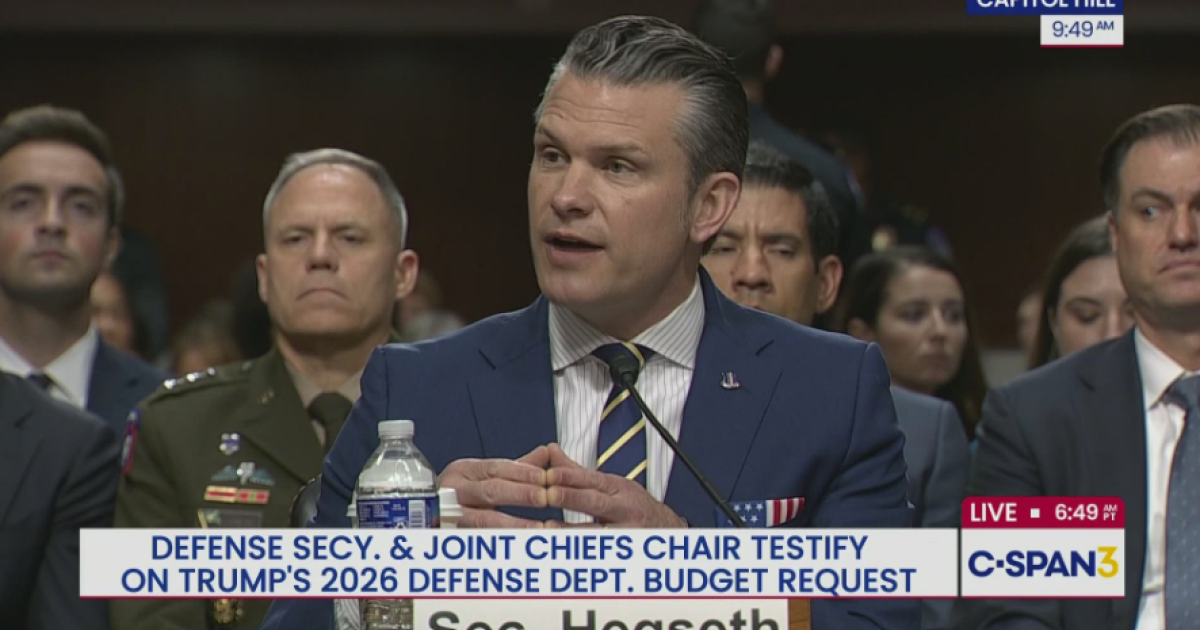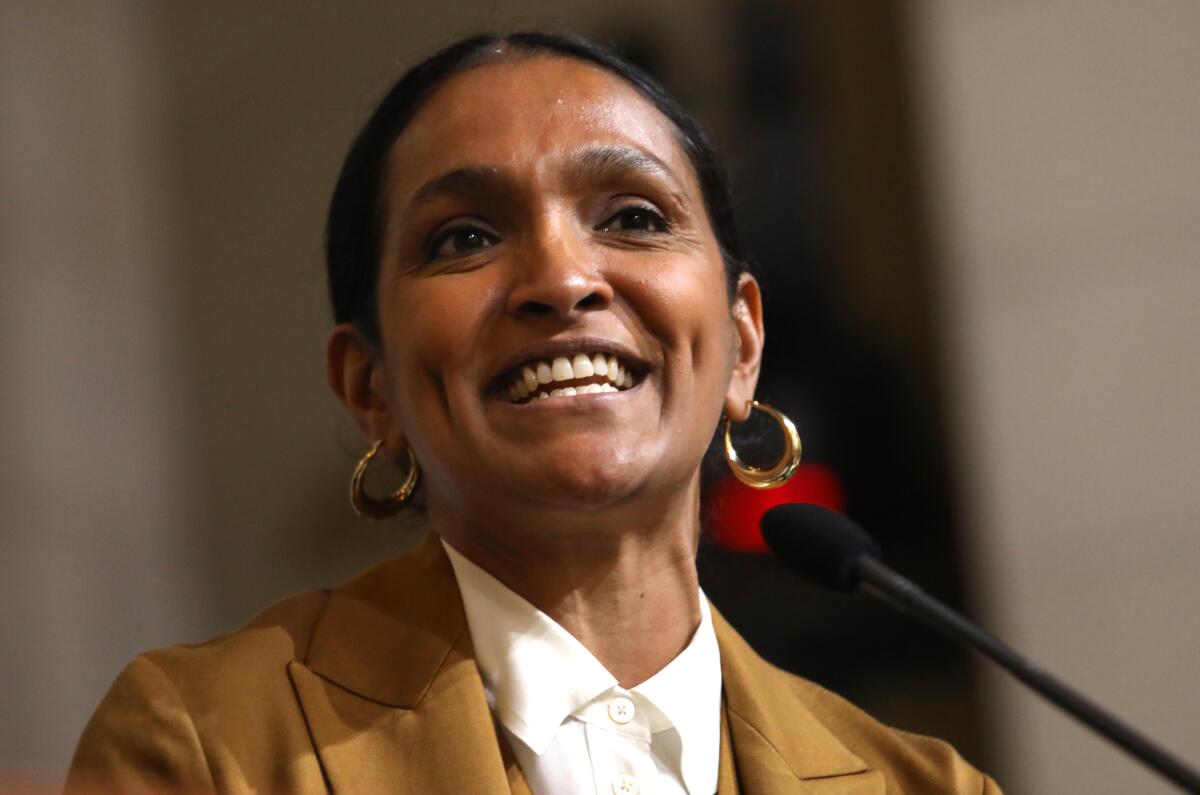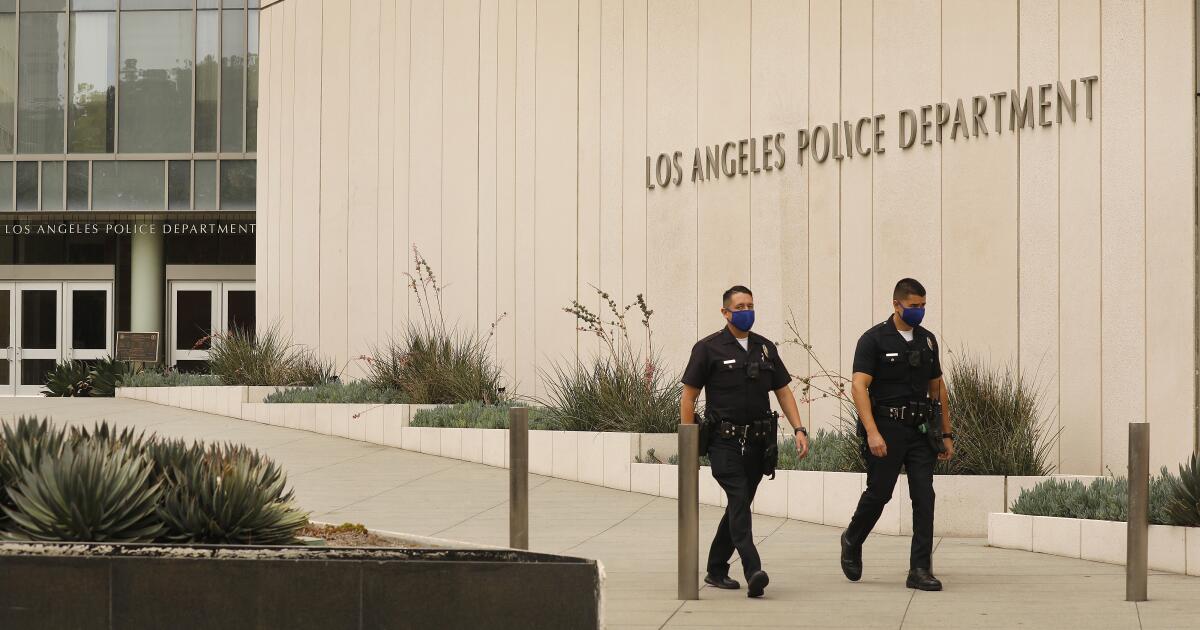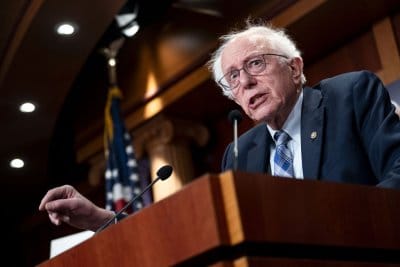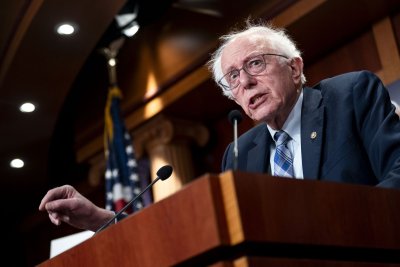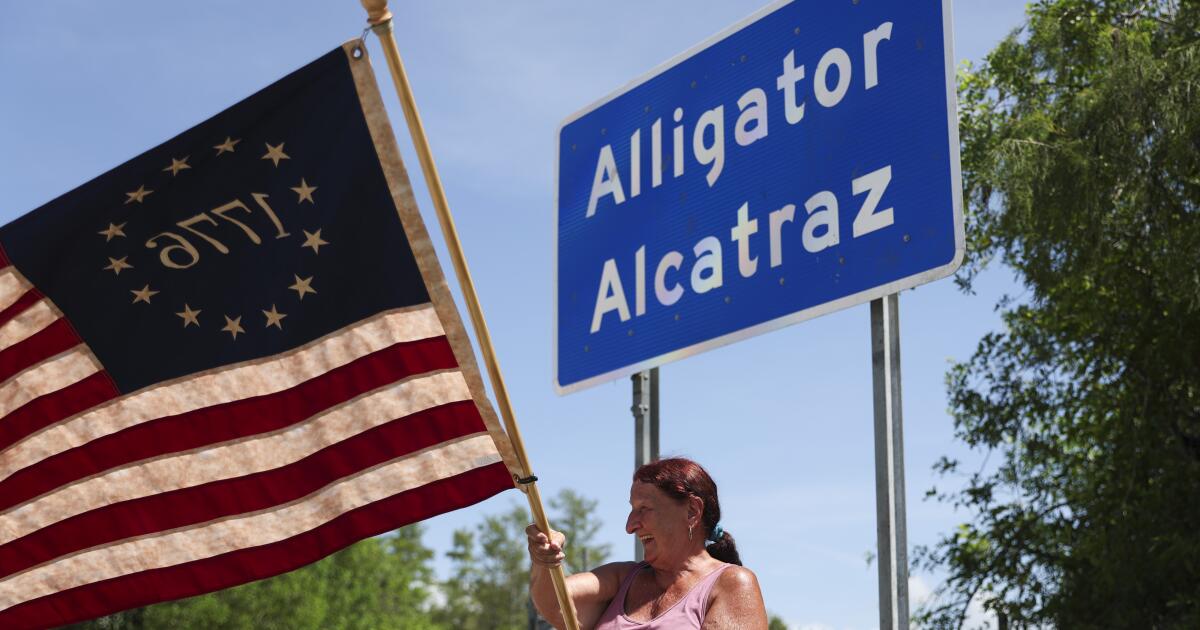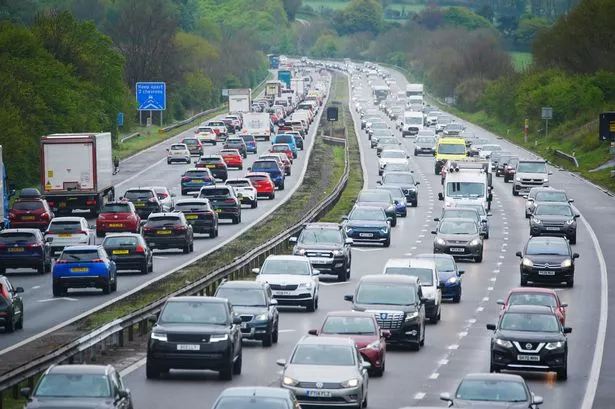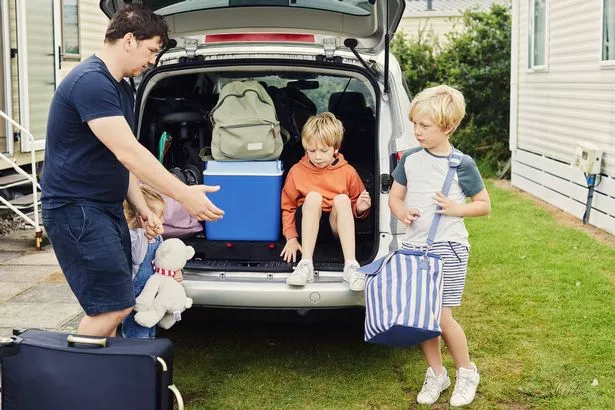Seniors in some parts of the country say they are being denied COVID-19 vaccinations amid an ongoing spike in cases, leading to rising frustration over new Trump administration policies that are making it harder to get the shots.
Matthew D’Amico, 67, of New York City, said a Walgreens declined to administer COVID-19 vaccines to him and his 75-year-old wife on Friday because they didn’t have a prescription. They’re trying to get vaccinated ahead of a trip.
“I can’t believe we can’t get” the vaccine, D’Amico said in an interview. “I’ve been inoculated a number of times and never had to get a prescription. And it’s just very frustrating that this is where we are.”
He’s not alone in his exasperation. Under the leadership of the vaccine skeptic Health and Human Services Secretary Robert F. Kennedy Jr., federal agencies have effectively made it more difficult to get vaccinated against COVID-19 this year. The Food and Drug Administration has only “approved” COVID-19 vaccines for those age 65 and up, as well as younger people with underlying health conditions.
That means across the country, people younger than 65 interested in getting the COVID-19 vaccine must now either consult with a healthcare provider or “attest” to a pharmacy that they have an underlying health condition. It’s a potential hurdle that can make getting the vaccine more difficult and, some health experts worry, prompt even more Americans to eschew getting vaccinated.
As D’Amico can attest, though, being part of a group for whom the COVID vaccine is “approved” doesn’t necessarily guarantee easy access.
“For me to go to my primary [healthcare provider] now and get a prescription, it’s just kind of ridiculous,” D’Amico said.
At least some people younger than 65 are encountering pharmacy staff asking probing questions about their medical conditions.
That happened Friday at a CVS in Orange County, according to 34-year-old Alex Benson, who takes medication that can suppress his immune system.
Besides just protecting himself, he wanted to get vaccinated as he has family members who are at high risk should they get COVID — his mother is immunocompromised, and his mother-in-law had open-heart surgery on Thursday night.
Benson said an employee asked why he thought he was eligible for the vaccine.
“They asked me for either a prescription or they wanted to know … why I felt I needed the vaccination,” Benson said. At one point, a staffer offered to call his doctor to get an authorization for the vaccine.
Benson said he was alarmed by the questions, and started to “feel kind of some desperation to plead my case to the pharmacist.” Another CVS staffer later came over and said further answers weren’t necessary and simply attesting he was eligible was good enough. He eventually got the vaccine.
Still, he felt the experience was dismaying.
“I think easy access should be the policy,” Benson said. “I tend not to get too political, but it seems just rather juxtaposed to me that an anti-regulation administration is using regulation in this way. They’re supposed to be removing barriers to healthcare.”
The vaccine chaos comes as COVID-19 is either increasing or starting to hit its late summer peak. According to data released Friday, there are now 14 states with “very high” levels of coronavirus detected in their wastewater — California, Texas, Florida, North Carolina, Indiana, South Carolina, Alabama, Louisiana, Connecticut, Utah, Nevada, Idaho, Hawaii and Alaska, as well as the District of Columbia.
Dr. Elizabeth Hudson, the regional physician chief of infectious diseases for Kaiser Permanente Southern California, said data continue to show an increase in coronavirus cases.
“Over this past week, we’ve seen an increase in the number of outpatient COVID cases, and even a smattering of inpatient cases,” Hudson said. “It appears that we may be nearing the top of the wave, but it may be another two weeks or so until we truly know if we’re there.”
The rate at which coronavirus lab tests are confirming infection also continues to rise statewide and in the Los Angeles area. For the week ending Aug. 30, California’s COVID test positivity rate was 12.83%, up from 7.05% for the week ending Aug. 2. In L.A. County, the positive test rate was 14.83%, up from 9.33%.
Other data, however, suggest some areas may have reached their summer COVID peak.
In Orange County, the COVID positive test rate was 13.1%. That’s below the prior week’s rate of 18%, but still higher than the rate for the week that ended Aug. 2, which was 10.8%.
In San Francisco, the test positivity rate has been hovering around 9% for the last week of reliable data available. It’s up from 7% a month earlier.
In addition, wastewater data in L.A. County show coronavirus levels declined slightly from the prior week.
“It’s too early to know if this decrease in wastewater viral concentrations is the first sign that COVID-19 activity is peaking or is regular variation typical of this data source,” the L.A. County Department of Public Health said.
COVID hospital admissions in California are increasing — with the latest rate of 3.93 admissions per 100,000 residents, up from 2.38.
But they remain relatively low statewide and in L.A. County. The number of L.A. County residents seeking care for COVID-related illness, or who have been hospitalized, “is quite a bit lower than during summer surges in 2023 and 2024,” the public health department said.
A relatively mild summer wave, however, could mean that the annual fall-and-winter COVID wave might be stronger. In July, the state Department of Public Health said that scientists anticipate California would see either a stronger summer COVID wave or a more significant winter wave.
The current confusion over federal COVID vaccine policy has been exacerbated by the chaos at the U.S. Centers for Disease Control and Prevention, where Kennedy earlier this year fired everyone on the influential Advisory Committee on Immunization Practices, and orchestrated the firing of CDC Director Susan Monarez just 29 days after she was confirmed to the post by the Senate.
Some of Kennedy’s handpicked replacements on the ACIP have criticized vaccines and spread misinformation, according to the Associated Press. And the new interim CDC director — Jim O’Neill, a Kennedy deputy — is a critic of health regulations and has no training in medicine or healthcare, the AP reported.
The CDC hasn’t issued its own recommendations on who should get vaccinated, and that inaction has resulted in residents of a number of states needing to get prescriptions from a healthcare provider for at least the next couple of weeks. In some cases, that’s true even for seniors, as D’Amico found out.
As of Friday, CVS said people need a prescription to get a COVID-19 vaccine, sometimes depending on their age, in Arizona, Florida, Georgia, Louisiana, Maine, North Carolina, New Mexico, New York, Pennsylvania, Utah, Virginia and West Virginia, as well as the District of Columbia.
CVS couldn’t even offer the COVID-19 at its pharmacies in Nevada as of Friday; they were only available at the company’s MinuteClinic sites, according to spokesperson Amy Thibault.
CVS said it expects to offer COVID-19 vaccines without prescriptions at its pharmacies in New Mexico, Nevada, New York and Pennsylvania “soon,” due to recent regulatory changes in each state.
“Right now, all patients in all states need to attest to being eligible for the vaccine in order to schedule an appointment online,” Thibault said. If an adult says they have no underlying health conditions, but do have a prescription from a healthcare provider for “off-label” use of the vaccine, they can get the shot, Thibault confirmed.
On Thursday, Hawaii joined California, Washington and Oregon in launching the West Coast Health Alliance: an interstate compact meant to provide science-based immunization guidance as an alternative to the CDC.
“Together, these states will provide evidence-based immunization guidance rooted in safety, efficacy, and transparency — ensuring residents receive credible information free from political interference,” according to a statement from Gov. Gavin Newsom’s office.
The statement suggested that the Trump administration was essentially “dismantling” the CDC.
“The absence of consistent, science-based federal leadership poses a direct threat to our nation’s health security,” the statement said. “To protect the health of our communities, the West Coast Health Alliance will continue to ensure that our public health strategies are based on best available science.”
It was not immediately clear, however, whether the formation of the West Coast Health Alliance would make it easier for people to get COVID-19 vaccines at the nation’s largest pharmacy retailers, where many people get their shots.
Mainstream medical groups, such as the American Academy of Pediatrics and the American College of Obstetricians and Gynecologists, are also offering their own recommendations to advise individuals and families on what vaccines they should get.


